Ukraine is revolutionizing drone warfare by deploying helium-filled balloons to extend the range of its attack and surveillance drones, a strategy driven by Ukrainian startup Aerobavovna. As reported by Business Insider, this low-tech solution addresses critical communication challenges in the Russia-Ukraine conflict, enhancing drone operations across the battlefield.
Innovative Technology Enhances Drone Operations
Aerobavovna, founded in 2023, has developed tethered helium balloons, or aerostats, equipped with airborne radio repeaters and antennas. These balloons elevate communication systems up to 1 km (0.6 miles) above the battlefield, providing a clear line of sight for radio signals. This setup overcomes terrain obstacles and electronic warfare jamming, which often disrupt drone control.
The company’s CEO, Yuriy Vysoven, explained the necessity: “For Ground Drones, it’s crucial because their ground-to-ground signal would only reach the first hill; beyond that, you lose direct line of sight and, consequently, the connection.”
The aerostats are particularly vital for first-person-view (FPV) drones and ground drones, which lose signals when flying low or navigating uneven terrain. By maintaining stable communication, the balloons ensure drones can operate effectively over greater distances, even in contested areas.
Key Specs and Deployment Details
Aerobavovna’s balloons are designed for rapid deployment and durability:
- Altitude: Up to 1 km (0.6 miles)
- Payload Capacity: Up to 25 kg (55 lbs), with newer models supporting 30 kg (66 lbs)
- Endurance: Up to 7 days airborne
- Deployment Time: 5–25 minutes
- Production Rate: 10–20 balloons per month
As of May 2025, around 50 aerostats are deployed along Ukraine’s front lines, supporting drone operations in high-conflict zones. The balloons, made from lightweight polymers, can be deployed in as little as 5 minutes, offering a quick response to battlefield needs.

Expanding Roles in Surveillance and Counter-Drone Efforts
Beyond extending communication range, these aerostats serve multiple roles including, electronic warfare (EW), and as launch platforms for FPV interceptor drones targeting threats like Russian Shahed drones.
The Aero Azimuth system, developed by Kvertus and integrated into the balloons, uses passive signals intelligence (SIGINT) to detect and locate enemy drone operators, with a detection range of up to 60 km (37 miles) in trials. This capability allows Ukrainian forces to target not only drones but also their operators and command centers, enhancing counter-drone strategies.
Challenges and Industry Implications
Despite their effectiveness, the aerostats face technical hurdles. Maintaining stable antenna positioning in windy or turbulent conditions remains a challenge, especially for FPV drone repeaters that require precise alignment.
“Stability is a big problem,” Vysoven noted. “For FPV drone radio repeaters, you need to position the antennas really, really precisely.”
Additionally, while the balloons are cost-effective and have a small radar signature, they are vulnerable to enemy drones or artillery once detected, though their passive operation and remote placement mitigate some risks.
Economically, Aerobavovna struggles with funding, a common issue for Ukrainian hardware startups.
Vysoven highlighted the disparity, stating, “In California, you can raise that with just a pitch and a latte. I have a real product, 30 engineers building it, and it’s already deployed.”
The company has received investment offers around $40 million, but Vysoven considers this “a shame,” as it falls short of their needs to scale production and meet battlefield demands.

A Growing Trend in Drone Warfare
As drones have continued to play a critical part for Ukraine’s, the use of balloons reflects a broader trend of integrating simple, cost-effective solutions into modern warfare. Both sides in the conflict have employed balloons for reconnaissance, signal relay, and even as decoys, but Ukraine’s focus on rapid deployment and advanced electronics sets a new standard.
As Aerobavovna develops larger models capable of carrying heavier EW systems, this technology could redefine drone operations, offering a scalable, persistent solution for extending range and countering threats in contested environments.
Photos courtesy of Aerobavovna
Discover more from DroneXL.co
Subscribe to get the latest posts sent to your email.

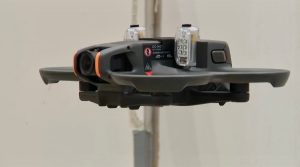
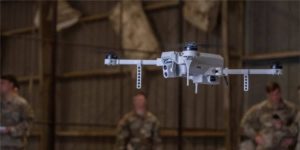
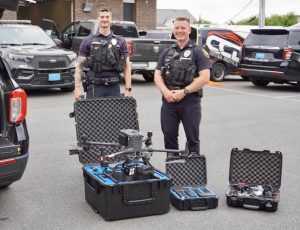




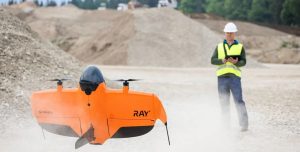
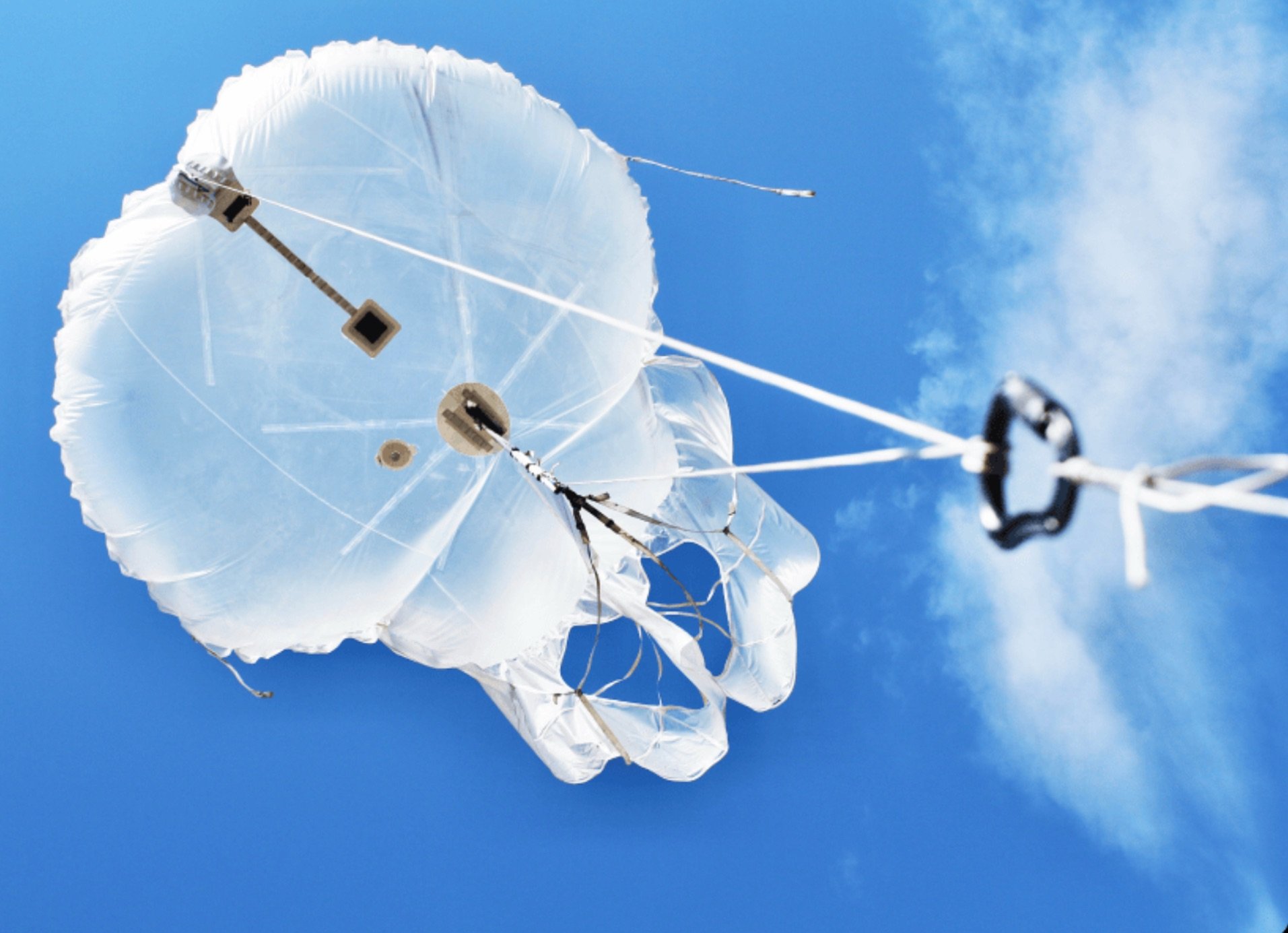
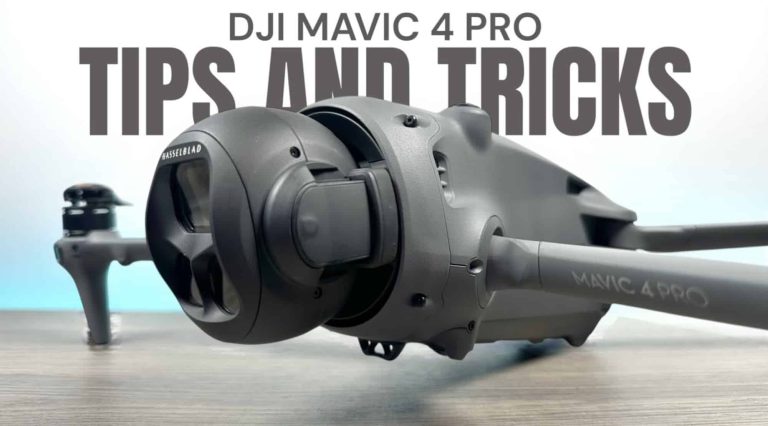
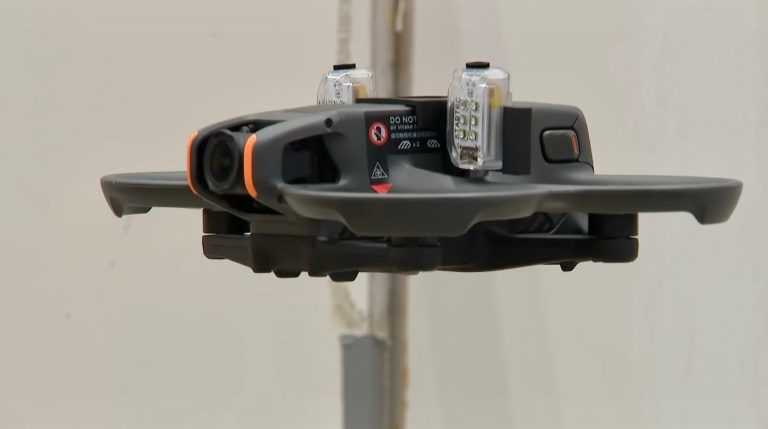
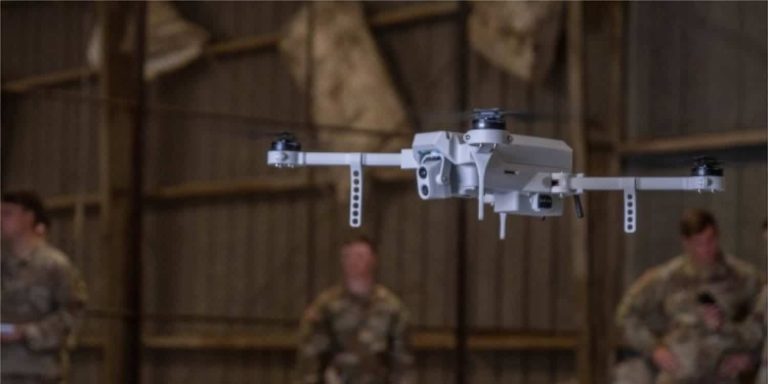


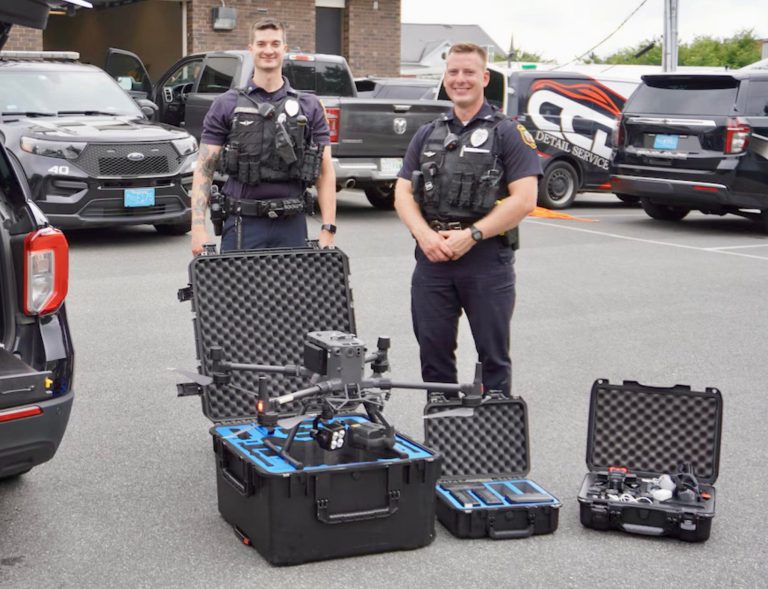
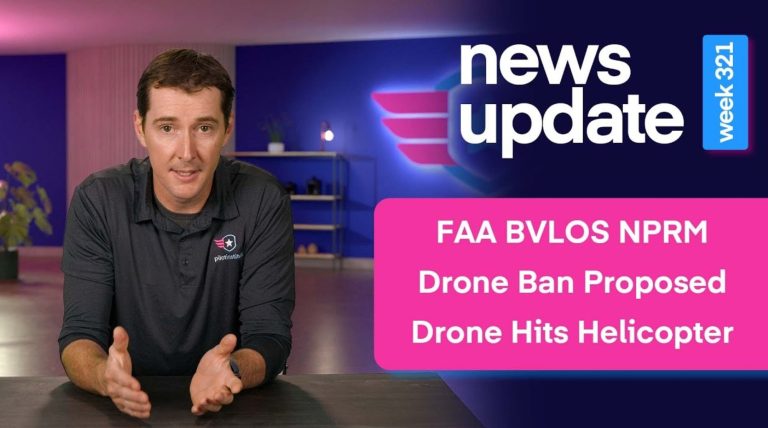



+ There are no comments
Add yours